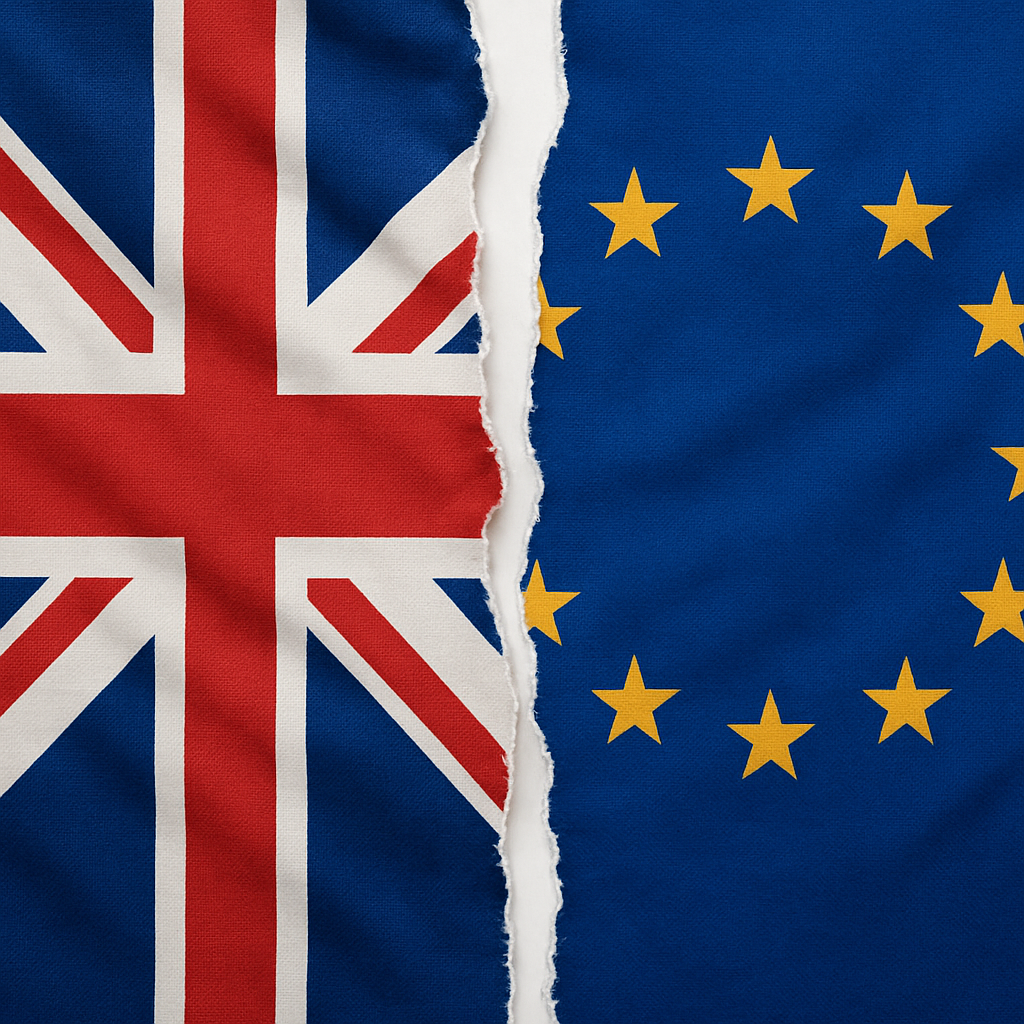(Publ. 23 FEB 2022) After a long time, a unified European patent is starting to become a reality. Germany’s constitutional court is now giving the go-ahead for Germany to ratify the Unified Patent Court Agreement, thus enabling the entry into force of the unified patent system. This entails the possibility of applying for one patent for all its member states, as well as the introduction of a new court. There are both opportunities and risks here.
After Germany has ratified the agreement, it will take three to four months before the system can enter into force. It could be as early as October 2022, but a realistic estimate is probably early 2023.
When the system enters into force, 17 of the EPO’s 38 Member States will be part of the co-operation for unified patents.
The introduction of the unified patent system entails two major changes in comparison with the current system:
1) the introduction of unitary patents (UPs), and
2) the introduction of a so-called “Unified Patent Court” (UPC).
“UP and UPC can mean great opportunities for companies, but it also entails risks. The advantages include a considerably larger European market for one and the same patent at a much lower cost, at the same time there is the risk that the patent can be invalidated in one process for the entire market instead of as today for individual European countries. Companies that have an understanding of the advantages and disadvantages of the system can strategically and proactively use the system in their operations to improve the effect of their IP investments. We at Groth & Co will therefore contact our clients during the spring and have a dialogue with them regarding this issue”, says Mathias Loqvist, Managing Partner and Head of Patent Department.
The application process for unitary patents (UP)
What is unique about UPs is the possibility of obtaining a single patent for the, at present, 17 member states. This differs from the traditional European patent (EP) which is centrally tried and granted by the EPO, but then needs to be validated in each Member State within three months of the grant. The new system enables a simpler and cheaper process.
The application process for a UP is the same as for an EP with the addition that once the EPO has approved the EP application, the applicant has one month to apply for the UP. It is therefore a shorter deadline for applying for a UP compared to the deadline for validating the European patent (currently three months from granting). Note that it will be possible to both apply for a UP and validate the EP in countries that are not currently part of the new unified patent system (e.g. the UK).
EPO has also enabled early application of UP. This means that you who have an ongoing EP application but have not yet received “Intention to Grant” will have the opportunity to file an early application by UP after Germany has ratified UPCA.





















